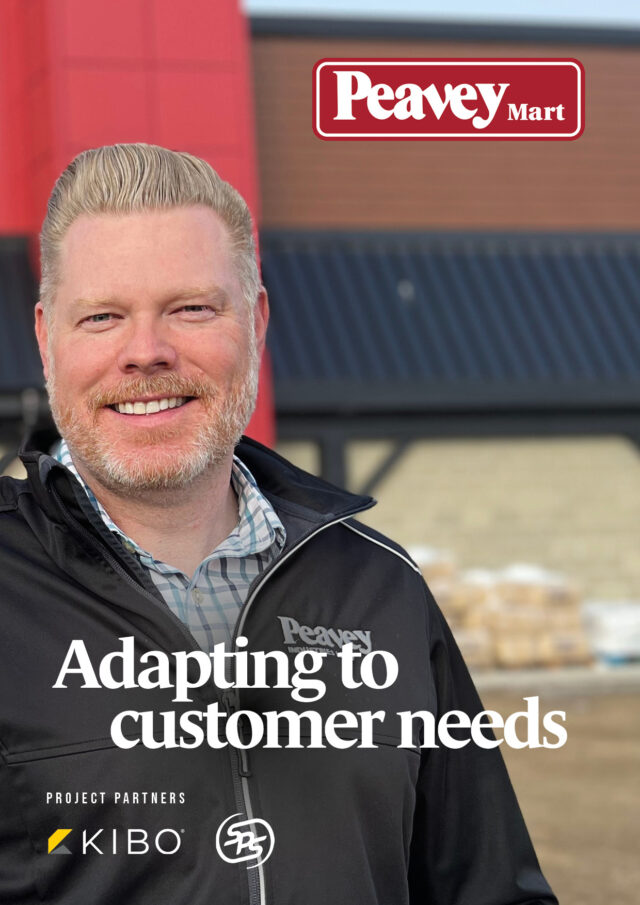Across 24 years with Telia, Kai Viljanen has witnessed a broad scaling evolution occur. When it became obvious that Telia required something of a transformation, he was well placed to identify the problem areas. “When it came to addressing the fact that a technology overhaul was needed, the catalyst was a combination of many things,” says Viljanen.
“The rise of hyperscalers over the last decade is one. New technologies maturing, including container technologies, and starting to replace traditional computing is another. Plus, IT businesses in recent years are starting to move even faster with customer demands. It’s extremely important to keep improving time-to-market. There’s increasing demand for IT organisations to offer more services with reduced costs. Telia’s top management released our new strategy and IT transformation initiative around four years ago. We’ve been working on it ever since.”

The challenges of scaling
As this transformation started four years ago, the entire process has happened since the COVID-19 pandemic shook the world. But, as a telecommunications company, Telia had an edge over many other businesses.
“The IT industry probably felt the effect the least, because we’re used to working remotely,” Viljanen explains. “I was already very used to phone meetings. We can’t work in the same place every day. So, in general, I would say COVID-19 has been more of a challenge for most other industries than us.
“The biggest challenge during the transformation has been figuring out a clear target for our transformation. Additionally, communication has been a challenge. Something being clear to top management doesn’t mean it will be clear for all employees. You need to communicate constantly to get everybody on board and make sure they’re involved from day one. Defining things properly, communicating, involving people, scaling, and overcoming bureaucracy were definitely the biggest obstacles.”

The key to success
From Viljanen’s perspective as a Chief Architect, he’s overseen this transformation and understands fully what is required to make such a thing successful. As he mentioned before, technology is the easy part; the key to success is everything else.
“It’s about not just technology, but people, processes, ways of working, scaling, and even organisation models which need to change,” he says. “It’s important to define strategy and targets very clearly, and to communicate those. Communication is never-ending – you can never communicate too much. Everyone has to be on board from start to finish.”









